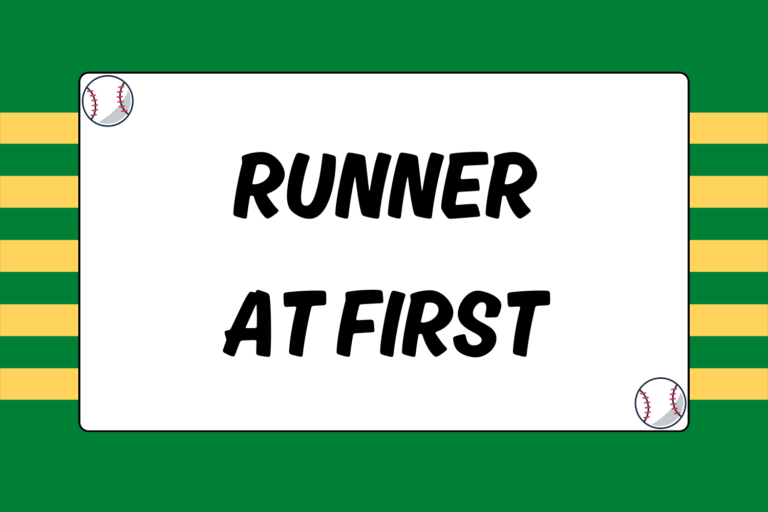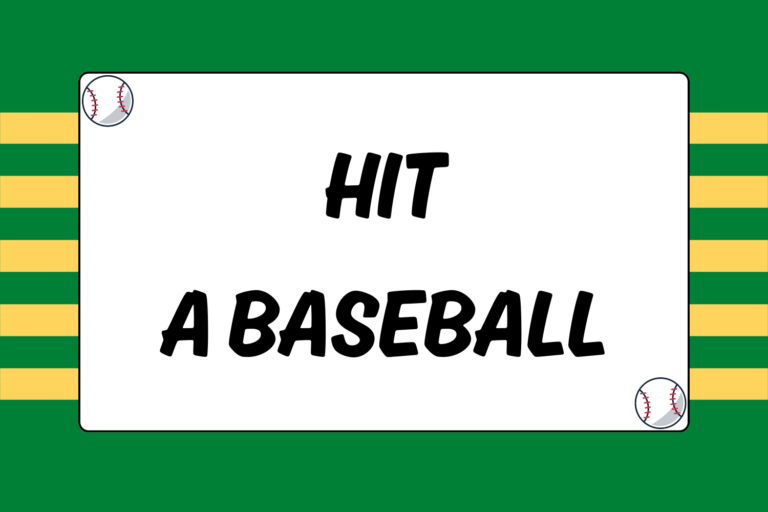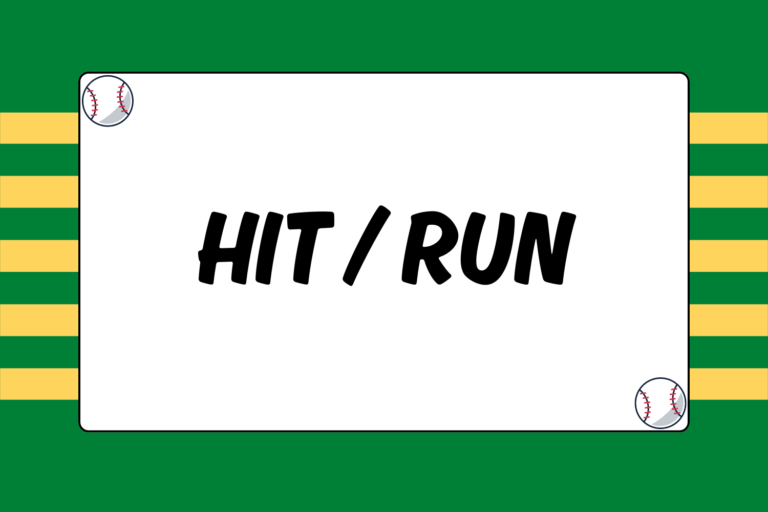Gone are the days when the greatest baseball players could afford to smoke cigarettes after games and then go home to a diet of beer and red meat. It used to be that you didn’t have to be especially athletic or well-conditioned to play baseball; if you could play, you could play.
Today’s game is an athlete’s game. Baseball players today train just as long and hard as those who play basketball, football, soccer, hockey, and everything else. Today it would be rare to find a high-level baseball player who’s not involved in regular weight training, agility training, and conditioning.
Strength workouts have become a huge part of the game. The purpose of this guide is not to tell you that you should be running to stay in shape, throwing regularly to keep your arm healthy, or lifting weights to strengthen your arms and legs. You already know these things, and pretty much every athlete is already doing them.
The aim of this guide, however, is to point out some workouts and techniques that may be less obvious, that not every strength coach may focus on, but that are specifically useful for baseball players.
Shoulder Strength
This is particularly vital for pitchers, but relevant for everyone because every position on the field requires throwing (and a right fielder or third baseman with frequent shoulder pain is just as useless as a pitcher with a sore arm). You should always be taking steps to protect and strengthen your throwing arm. And believe it or not, this starts with limiting the amount and intensity of upper body lifting that you do. A lot of guys like to focus their upper body workout on the chest and arms (particularly biceps), which is fine to a point, but adding mass in those areas can end up being detrimental.
You don’t need a huge upper body to play baseball, and too much bulk in your upper body can actually decrease your mobility and reactivity when playing. Furthermore, adding mass in just your chest, arms, and back can put extra stress on your shoulders and lead to injury.
The best way to avoid shoulder injuries – and improve arm strength – is to make shoulder exercises a focal point of your workout. When doing upper body lifting, limit yourself to lighter-weight, higher-repetition sets, or better yet, body weight exercises. Plain old chin-ups and push-ups are great for shoulder strength. If you’re going to bench press, stick to dumbbells. Also work in dumbbell shrugs and arm raises.
Arm raises (with your arms straight out in front and to the sides) with light weight (5-20 lbs) are really effective in building up the muscles around your rotator cuff. Finally, using stretch cords or light weights for internal and external scapula exercises will build strength and simulate more closely baseball activities.
Leg Strength
Any strength coach worth his salt will tell you that the focus of a baseball player’s weight training program should be the legs. This is absolutely true. Whether you’re a pitcher or a hitter, a great deal of your power and torque comes from your hamstrings, quadriceps, and glutes (butt muscles). The best workout you can do for this is squats, but we’ll come back to those later. Leg press, leg extensions, Romanian Dead Lifts, and lunges are also good leg workouts.
In fact, a great way to build a lot of leg strength while maintaining flexibility is to do sets of lunges, holding increasingly heavy dumbbells. It can be tempting to spend more time on the upper body because you want to look great with your shirt off. However, most of your power on the baseball field is derived from your legs and butt, so that’s the area where you should spend the most time, and where you can afford to lift heavier weight.
Core Strength
The core is perhaps the most important and undervalued muscle group for baseball players. Delivering a pitch, swinging a bat, and running the bases all require a solid core. Now, it’s great to get a chiseled six-pack, but that’s not what the “core” refers to. The guy in the gym doing 200 crunches a day may get himself a six-pack, but he’s not doing anything close to a complete core workout.
Baseball players not only need to focus on the upper and lower abdominals, but also the diaphragm, transverse abdominis (inner abs), and the internal and external oblique. These are all muscles that can not only be prone to injury if not cared for properly, but also provide power and stability for a lot of baseball movements.
A lot of players like to throw in a quick abdominal workout at the end of their lifting session, but for baseball players, the core should be a focal point. In addition to sit-ups and crunches (which are useful, but probably less than you think), you should be doing a more dynamic core workout. There are a lot of theories and resources on different core exercises, but some of the more popular ones involve abdominal work with medicine balls and even weights.
In addition, side planks (resting on your forearms and feet while using your abs to hold your torso rigid) are a particularly useful exercise for your side abs and obliques. The most important tip for working out the core is to not fall into a pattern. Do different types of workouts, standing, laying down, rotational, etc. You’re not just trying to get bigger abdominal muscles, you’re trying to build mobility and explosiveness.
Finally, as mentioned above, squatting is probably the most comprehensive single workout you can do. When done properly, squats are a whole-body workout, building muscles in the legs, buttocks, chest, and core. Any baseball player serious about getting stronger should make an intensive set of squats part of his regular routine.
Helpful Strength Tips
A particularly underdeveloped muscle group for a lot of players is the forearms. Forearm strength is paramount in bat speed and bat control, and it is also important for pitchers. Many pitching coaches will argue that a significant part of a pitcher’s velocity comes not from arm speed, but from “hand speed.”
Your power comes from your entire body and how you use it during your delivery, but the speed of your hand at release goes a long way towards increasing the ball’s movement and “zip.” Therefore, having strong forearms and wrists will allow you to put extra force behind the ball at the point of release.
Another great type of workout is swimming. Most players will do some form of running as their primary form of conditioning and build their strength in the weight room, which is fine. But swimming laps on occasion is not only an outstanding form of conditioning, it’s also a great strength exercise, particularly for the upper body. Swimming will work out muscles you didn’t even know you had, and don’t typically use. It also builds strength along with mobility.
Hot Tip: Home Workouts
- Push-ups (vary the placement of your hands)
- Chin-ups
- Pull-ups
- Dips (great triceps workout. Get creative with the furniture if you have to!)
- Sit-ups, crunches, planks
- Leg Raises (great for the calves)
- Lunges, squats (useful even without weight)
- Stadium stairs
- Leg Raises (great for abs when lying on your back; great for glutes when lying on your stomach)
Hit the Gym!
Remember, as a baseball player, you’re constantly trying to develop your fast-twitch muscles. It’s not really about getting as big as you can. Having a great looking physique is a laudable goal, but you’re trying to get stronger so that you’ll have better quickness, explosiveness, and reactivity. That’s what will give you success on the baseball field.





